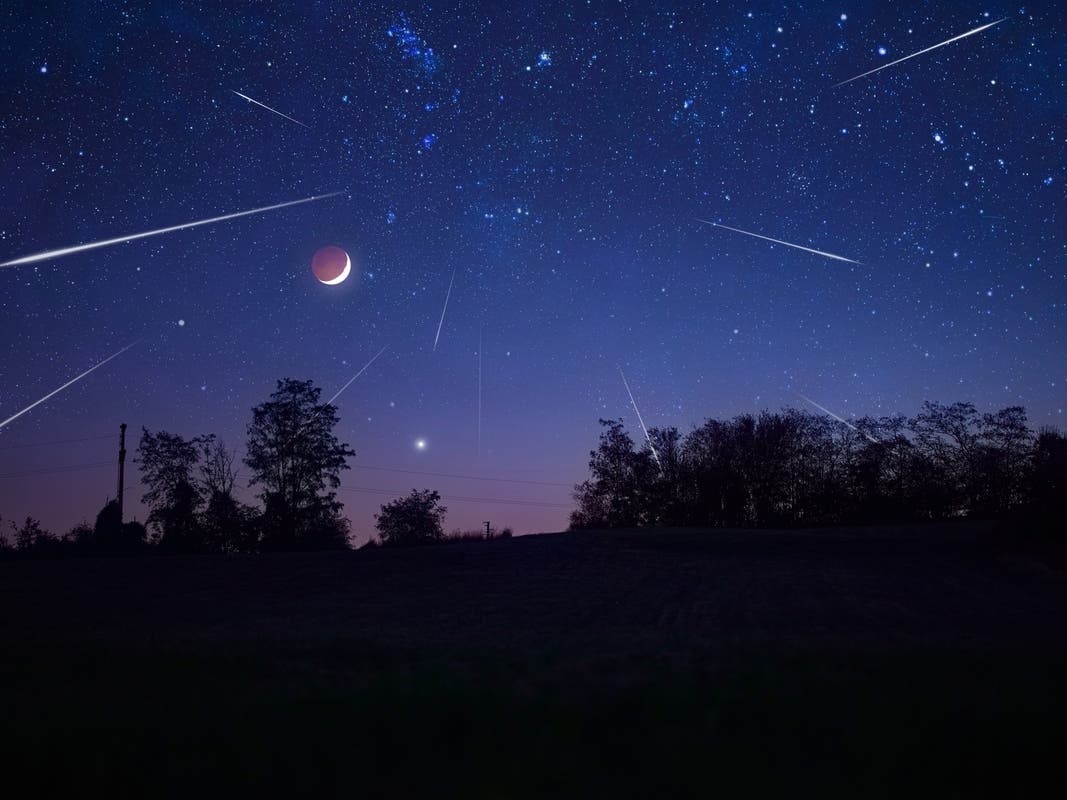Florida sky-gazers are in for a celestial double feature this month as two newly discovered comets make their closest approach to Earth in a once-in-a-lifetime event.
Comets C/2025 A6 Lemmon and C/2025 R2 SWAN, discovered on Jan. 3 and Sept.10, respectively, are both visible ahead of their close flybys.
The dates to mark on the calendar are Oct. 20-21. Plan by scouting out a dark sky away from city lights that offers unobstructed views. A new moon will make for ideal viewing conditions, assuming the weather cooperates.
As of Tuesday, the long-term forecast for Florida calls for mostly sunny skies during the day. A night forecast was not available.
As a bonus for sky-gazers, the fireball-rich Orionid meteor shower, which NASA says is among the year’s “most beautiful” shooting star shows, is peaking at the same time.
Here’s what you need to know:
Short Window To See Comets
Comets, composed of ice, frozen gases and rock, develop spectacular tails of gas and dust as they approach stars and the sun. The heat from these celestial bodies causes the comets to release these materials, creating streaks across the sky.
Both SWAN and Lemmon have long-period, oval-shaped orbits around the sun, which means they won’t reappear for hundreds of years. And both appear in images to be surrounded by green gas and have signature long tails.
Of the two, Lemmon, which favors the Northern Hemisphere, is the best bet and may be the best comet of 2025, according to EarthSky. It makes its closest approach to Earth on Oct. 21. Comet Lemmon is expected to brighten through early November. When it’s gone, it won’t reappear for another 1,300 years.
Through mid-month, those observing in the morning can spot Lemmon near the Big Dipper in the northeast sky, just before dawn. It will appear below the grouping that forms the Big Dipper’s bowl and handle. When it moves to the evening sky, it will rise in the west.
Although it favors the Southern Hemisphere, SWAN is visible in this part of the world in the early evenings at nightfall. It appears higher and higher on the southwestern horizon as the days pass, and may get brighter before it reaches its closest approach to Earth on Oct. 20. The comet will fade rapidly, and won’t be back around for 600 or 700 years.
Binoculars and telescopes give the best views of both comets, but Comet Lemmon may be visible with the naked eye.
‘Most Beautiful’ Meteors Peak, Too
Amateur comet watchers may be confused by meteors with lingering trails associated with the annual peak of the Orionids, which also happens on Oct. 20-21.
The big difference is that meteors streak across the sky in a flash, while comets appear stationary.
The Orionids aren’t as prolific as some meteor showers, usually producing only about 23 shooting stars an hour at the peak, but they are blazingly fast and bright, entering Earth’s atmosphere at about 148,000 miles per hour. The combination favors glowing trains of incandescent bits of debris that can last several seconds or even minutes. Fireballs are a strong possibility, too, making the Orionids a can’t-miss event for stargazers.
The meteor shower, which continues through Nov. 22, is best viewed after midnight.

